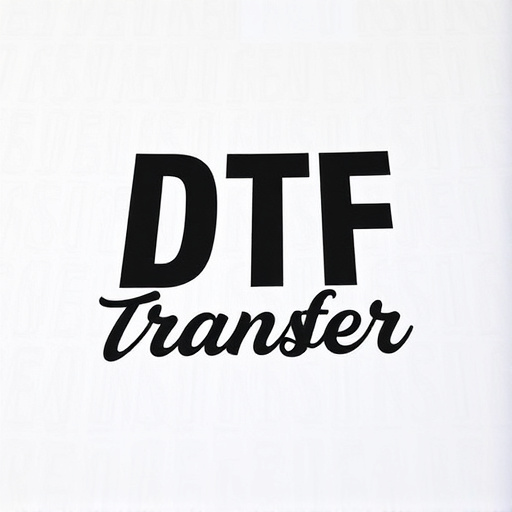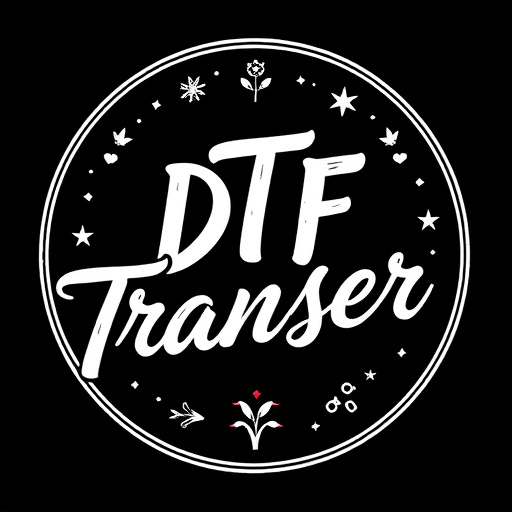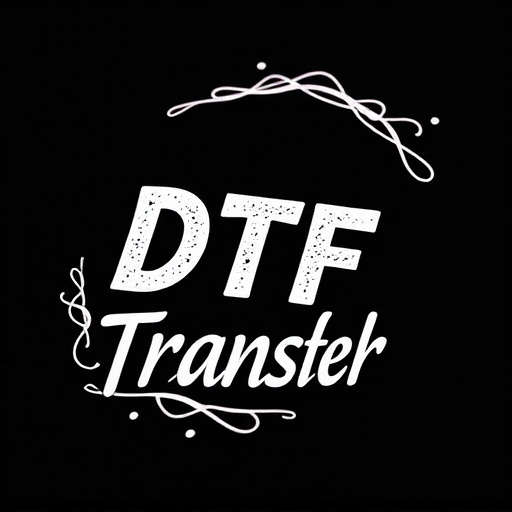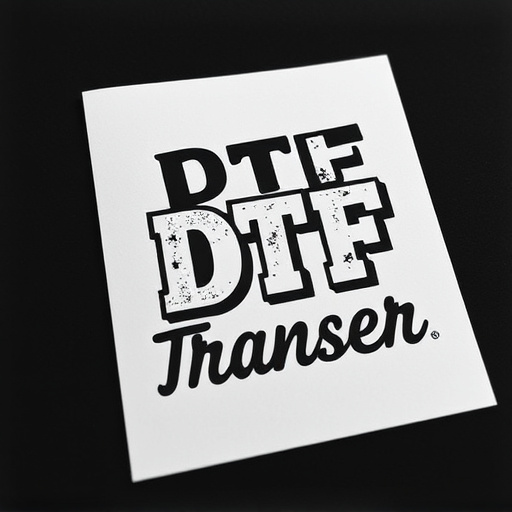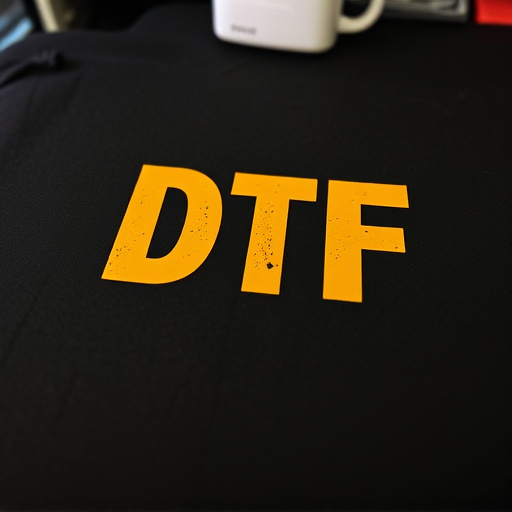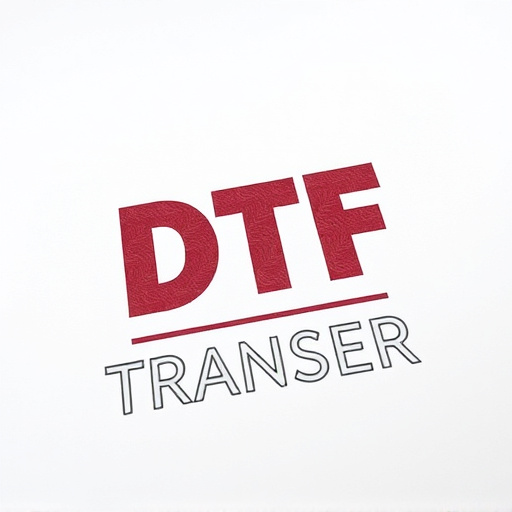“In today’s digital landscape, preserving cherished memories through direct-to-film (DTF) transfer services has become increasingly popular. This article explores the benefits of using local businesses for your DTF needs, offering a comprehensive guide to navigating this process.
From understanding the basics of DTF transfer to identifying reputable providers and exploring cost structures, we’ll walk you through each step. Additionally, we present real-world case studies, highlighting successful DTF transfers and the impact they’ve had on customers’ memories.”
- Understanding Direct-to-Film (DTF) Transfer: A Brief Overview
- Benefits of Using Local Businesses for DTF Services
- Identifying Reputable Nearby Business Providers
- The Process: From Footage Collection to Final Delivery
- Cost Considerations and Pricing Structures
- Case Studies: Successful DTF Transfers in Action
Understanding Direct-to-Film (DTF) Transfer: A Brief Overview

Direct-to-Film (DTF) transfer is a cutting-edge technology that allows businesses to bypass traditional printing methods and directly print onto various materials using specialized equipment and inks. This innovative process offers unparalleled versatility, enabling custom designs and graphics to be applied to a wide range of surfaces, from window glass and vehicles to wooden items and fabric. DTF transfer services have revolutionized the way businesses enhance their branding and marketing efforts, providing quick turnaround times and high-quality, durable results.
By utilizing DTF technology, nearby businesses can offer clients a unique service that ensures precision, vibrancy, and longevity in printed designs. This method is particularly advantageous for companies seeking to create eye-catching, personalized products, such as custom car wraps, window graphics, or promotional merchandise. With its ability to print on demand and accommodate diverse material types, DTF transfer services are becoming increasingly popular among businesses aiming to stand out in a competitive market while delivering exceptional customer experiences.
Benefits of Using Local Businesses for DTF Services

Using local businesses for direct-to-film (DTF) transfer services offers numerous advantages. Firstly, it supports the community by fostering local economic growth and employment opportunities. When you choose a nearby business, you contribute to the sustainability of your neighbourhood, ensuring that resources remain within the community. Secondly, local businesses often provide personalised service and tailored solutions. They understand the unique needs of their customers and can offer flexible options, prompt response times, and high-quality results. This level of customisation is particularly beneficial for individuals or businesses with specific requirements, ensuring a seamless DTF experience.
Identifying Reputable Nearby Business Providers
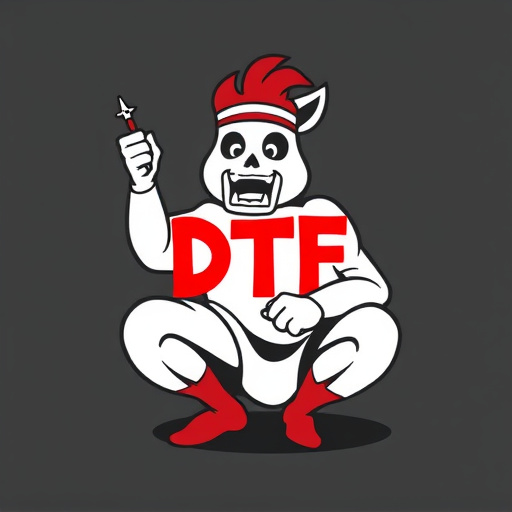
When seeking nearby businesses offering direct-to-film (DTF) transfer services, it’s crucial to identify reputable providers. Start by asking for recommendations from friends and family who have recently utilized such services. Local business directories and online review platforms can also be valuable resources, allowing you to read real customer experiences and verify the quality of their work.
Check each potential provider’s credentials, experience, and customer satisfaction ratings. Ensure they specialize in DTF transfers and have a proven track record. Verifying their equipment quality and data security measures is essential to safeguard your digital assets. Reputable businesses will be transparent about their processes and willing to answer any questions you may have regarding the transfer process and privacy policies.
The Process: From Footage Collection to Final Delivery
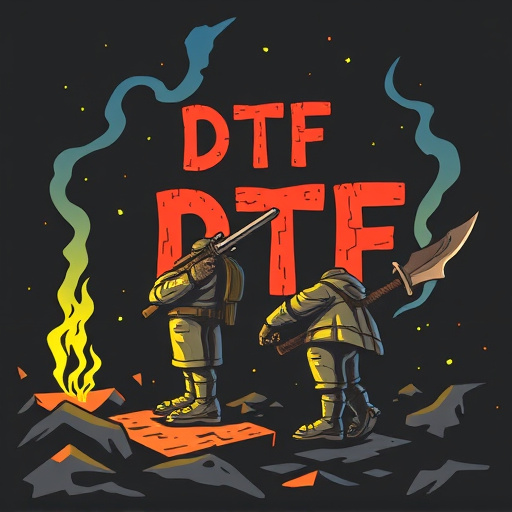
The process of direct-to-film (DTF) transfer is a seamless journey that transforms raw footage into a captivating visual experience. It all begins with the collection of footage, where businesses offer convenient options for clients to gather their video materials. This might involve dropping off cameras, hard drives, or even cloud links, ensuring an easy exchange of digital content. Once acquired, the footage undergoes a meticulous process.
Professionals in this field carefully review and organize the clips, assessing quality and identifying key scenes. Advanced editing techniques are then applied to refine the visuals, enhancing color, contrast, and overall aesthetics. After editing, the final product is prepared for delivery, ensuring it meets the highest standards. Clients can expect a swift turnaround, receiving their DTF transfer in a format of their choice, ready to be showcased or shared.
Cost Considerations and Pricing Structures
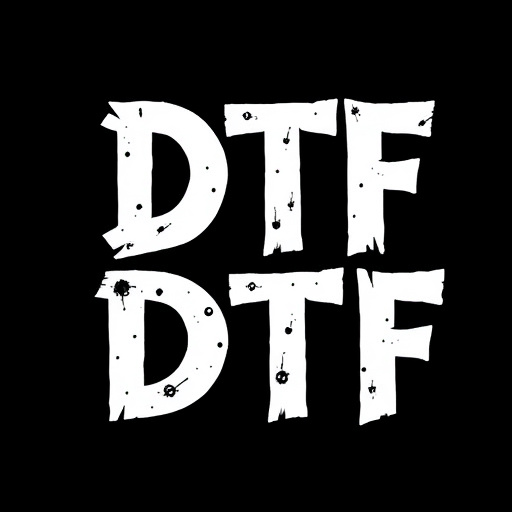
When considering direct-to-film (DTF) transfer services, cost is a primary factor to evaluate. Prices can vary widely depending on several factors, such as the size and format of the film, required editing, special effects, and the complexity of the final product. Some businesses offer flat rates for basic DTF transfers, while others may charge per minute or per frame, allowing for more flexibility but requiring careful budgeting.
Understanding pricing structures is crucial. Transparent cost breakdowns ensure you know what you’re paying for. Services may include initial assessments, film scanning, color correction, and even printing. Some companies also offer packages for different budgets, catering to both independent filmmakers with tight budgets and larger production houses. Comparing quotes from multiple providers can help you secure the best value for your project.
Case Studies: Successful DTF Transfers in Action
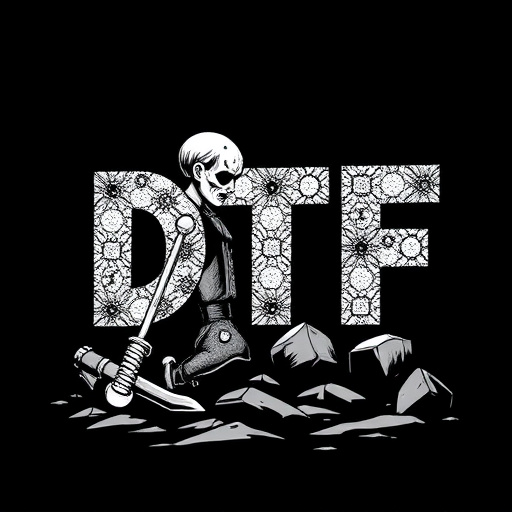
In recent years, Direct-to-Film (DTF) transfer services have revolutionized the way businesses approach film and video production. Case studies from various industries highlight the success and efficiency of this cutting-edge technology. For instance, a local photography studio utilized DTF to seamlessly transition their high-resolution digital images onto 35mm film, creating stunning analog prints that captivated both clients and industry experts alike. This process not only enhanced the studio’s offerings but also attracted a new demographic of customers who appreciate the unique aesthetics of film.
Another compelling example comes from an independent film production company that embraced DTF for their low-budget feature film. By employing direct-to-film transfers, they were able to achieve a cinematic look without incurring the substantial costs associated with traditional film development. The result was a visually captivating film that garnered critical acclaim and a dedicated fan base, proving that DTF is not just a technological advancement but also a viable and artistic choice for modern filmmakers.








